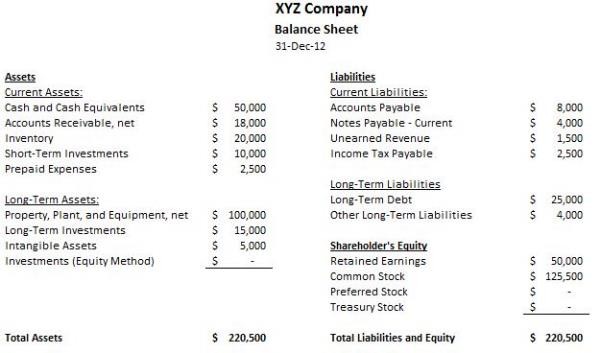You have already studied the basics of financial accounting. As you are aware financial accounting ends up with preparation of final accounts consisting of Balance Sheet and Profit & Loss Account. The final accounts along with cash flow statements form the major financial statements.
Financial Statements are often an important source of information for financial decisions. Analysis of Financial Statements of an organization – which includes Balance Sheet and Profit & Loss Account, gives more information base for various financial forecasting and decision-making. Preparation of cash flow statement displays the sources and uses of cash during the period.
Major topics of financial management may be related to the financial statements.
Financial statements emerging from recorded facts of business transactions need to be studied and analysed in the light of accounting conventions and assumptions adopted and the justifications for adopting them.
The Balance Sheet shows the financial condition of the business as on a particular date. It shows what an enterprise owns and owes. It provides information for assessing Profitability, Liquidity and Solvency. While the profitability is the overall measure of financial condition, Liquidity & Solvency are concerned with assessing the ability of the enterprise to meet its liabilities.
Balance Sheet is a statement of assets and liabilities & capital as on a particular date. It is a static statement or snap shot of resources and allocation of resources to assets. Assets indicate the uses to which the finance of the firm is put. Liabilities show the claims against the assets of the firm. Balance Sheet is a detailed statement of the financial structure of the business. The value of assets is computed on a conventional basis i.e. fixed assets at cost less depreciation and current assets at cost or market value, whichever is less.
The balance sheet or net worth statement is a snapshot of the financial position of a business on a specific date. It shows the value of all assets which is “balanced” between the value of all liabilities or the claims of others against the business and the net worth or the owner’s claims against the business. In agriculture both assets and liabilities are separated into current, intermediate and long term or fixed. Some analysts use only current and noncurrent categories for describing assets and liabilities. Current assets are cash or any asset such as grain or marketing livestock which will be converted into cash within a year. Current liabilities are any debts or payments that are due within a year. Intermediate assets typically include breeding livestock and machinery. Land is the major component in the long term category. Intermediate and long term liabilities are debts against the corresponding assets. Payments on any class of liabilities due within the year are part of current liabilities.
Often two sets of balance sheets are maintained, one using market value of assets and the other with cost values. The cost value approach measures the contribution of management to the growth of equity over time because it removes the impacts of inflation and deflation.

Balance Sheet items are related to Finance in the following manner:
Liabilities Corporate Finance Topics
Share Capital
- Equity
- Preference Capital Structure
Reserves and Surplus Cost of Capital
Secured Loans
- Debentures
- Loan and Advances
Unsecured Loans
Current Liabilities Working Capital Financing
and Provisions
- Trade Creditors
- Provisions
Assets
Fixed Assets (Net)
- Gross Block Capital Budgeting
- Less Depreciation
Investments Security Analysis
Current Assets, Loans and Advances
- Cash and Bank Cash Management
- Receivables Receivables Management
- Inventories Inventory Management
Miscellaneous Expenditures
& Losses

